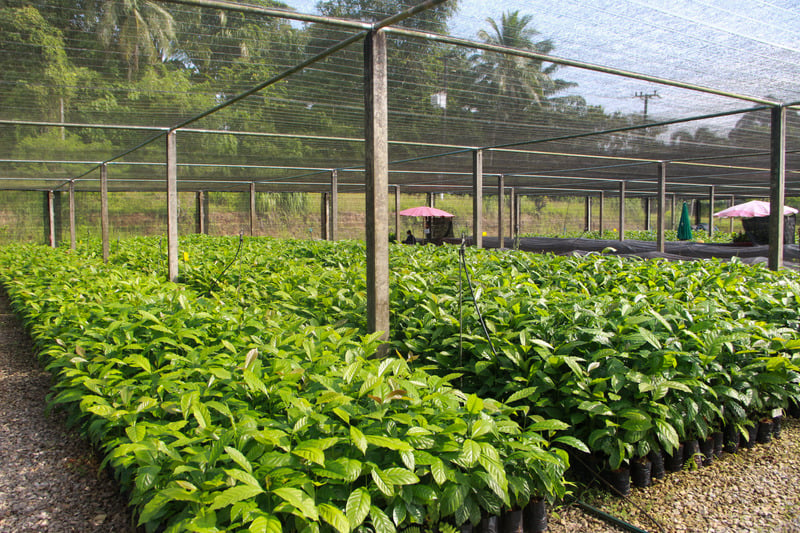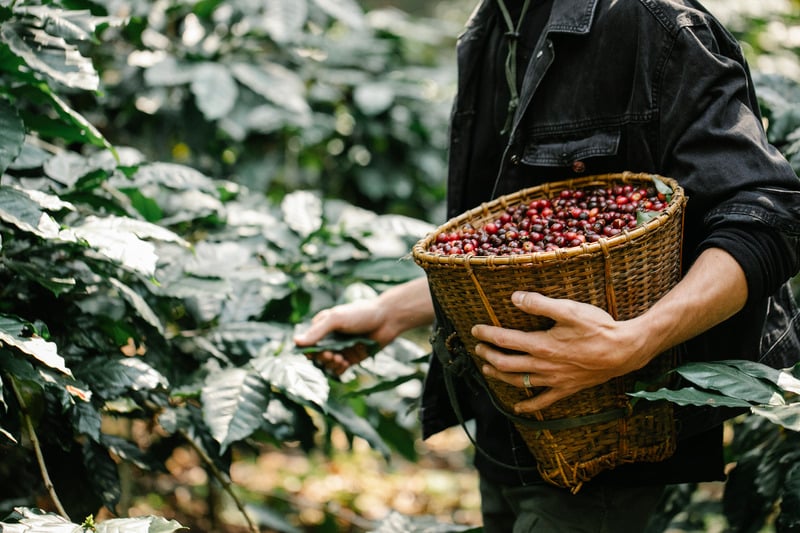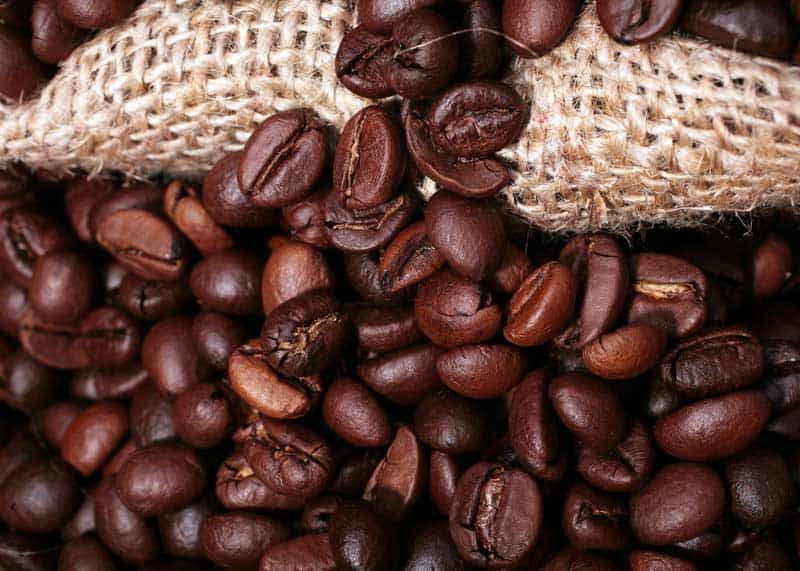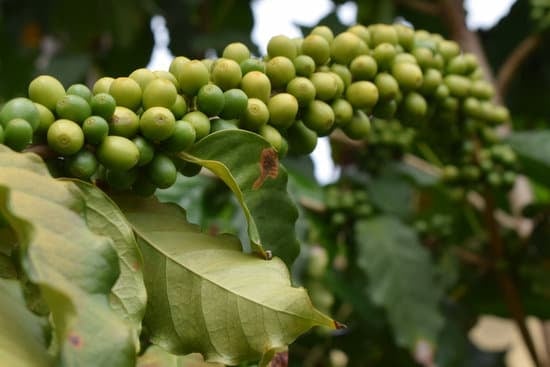Coffee is one of the world’s most beloved beverages, enjoyed by people across the globe. But where exactly does this popular drink come from? Let’s take a closer look at the fascinating life cycle of the coffee tree.
There are two main species of coffee cultivated globally: Coffea arabica (responsible for about 70% of production) and Coffea canephora, also known as robusta coffee. These tropical trees and shrubs produce the coffee beans we know and love.
From Seed to Sapling

Like any plant, the coffee tree begins its life as a seed. After sowing, it takes around 3 years for the seed to develop into a mature, fruit-bearing tree. The seeds are nestled into nursery beds until the seedlings grow 20-30 cm tall when they are then transplanted to a plantation. Farmers space the young trees approximately 2,500-3,000 per hectare to allow ample room for growth.
Growth and Flowering
Given proper care and growing conditions, a coffee tree can live a very long and productive life. It’s not unheard of for a well-managed tree to continue producing for 80 years or more! Of course, the economic lifespan of most coffee plantations taps out at around 30 years.
Coffee trees are evergreen shrubs with paired leaves growing opposite each other on short stalks. Left unpruned, the tree can reach heights of 10 meters. However, to increase yield and facilitate picking, plantation trees are typically kept around 3 meters tall through regular pruning.
Around years 3-4, the coffee tree begins to flower. The sweetly scented white blossoms appear in clusters between the leaves. After some time they fade, soon to be replaced by small oval fruits.
Fruits of Labor

The flowers give way to green fruits that transform over time into bright red or yellow “cherries” (though they aren’t botanically related to cherry trees). It’s common to spot flowers, unripe fruit, and perfectly ripe cherries simultaneously decorating a coffee tree branch.
These cherries contain two coffee beans each (the seeds), which are the treasure trove that coffee farmers are seeking. Surrounding the beans are various layers of protective fruit flesh and skin. It has a thin epidermis covering called silverskin, as well as a papery hull called parchment (technically the endocarp). As part of the dry milling process, parchment is usually removed during the hulling process
The Journey of Java

After harvest, a coffee cherry’s fleshy pulp is removed, usually by machine. What remains is the bean still draped in its parchment and silverskin, which protects the seed as it finishes the drying process. The raw coffee bean then goes on to be roasted, ground and brewed into the comforting cups of java that brighten our mornings.
From germination to harvesting, the life cycle of a coffee tree is a fascinating process. Next time you grab your morning mug, take a moment to appreciate all the natural intricacy of bringing that delicious flavor to your cup!
FAQs on The Life Cycle of a Coffee Tree
- What is the economic lifespan of coffee? Plants may live as long as 100 years, but are most productive between the ages of 7 and 20 on average; pruning and fertilizing can maintain and even increase their output over time.
- What is the lifespan of Arabica coffee? In the wild, they can live for up to 80 years, but their most productive years are between 7 and 20 years. Coffee Arabica originates from Ethiopia and is grown in tropical forests between 1,600 and 2,800 meters above sea level
- Do coffee trees need to be pruned? Coffee trees can grow to a height of 10 or 15 metres. As a result, picking the berries can be difficult for the grower. Pruning the coffee tree thus prevents it from growing too tall. Each type of coffee plant requires a unique pruning method.






